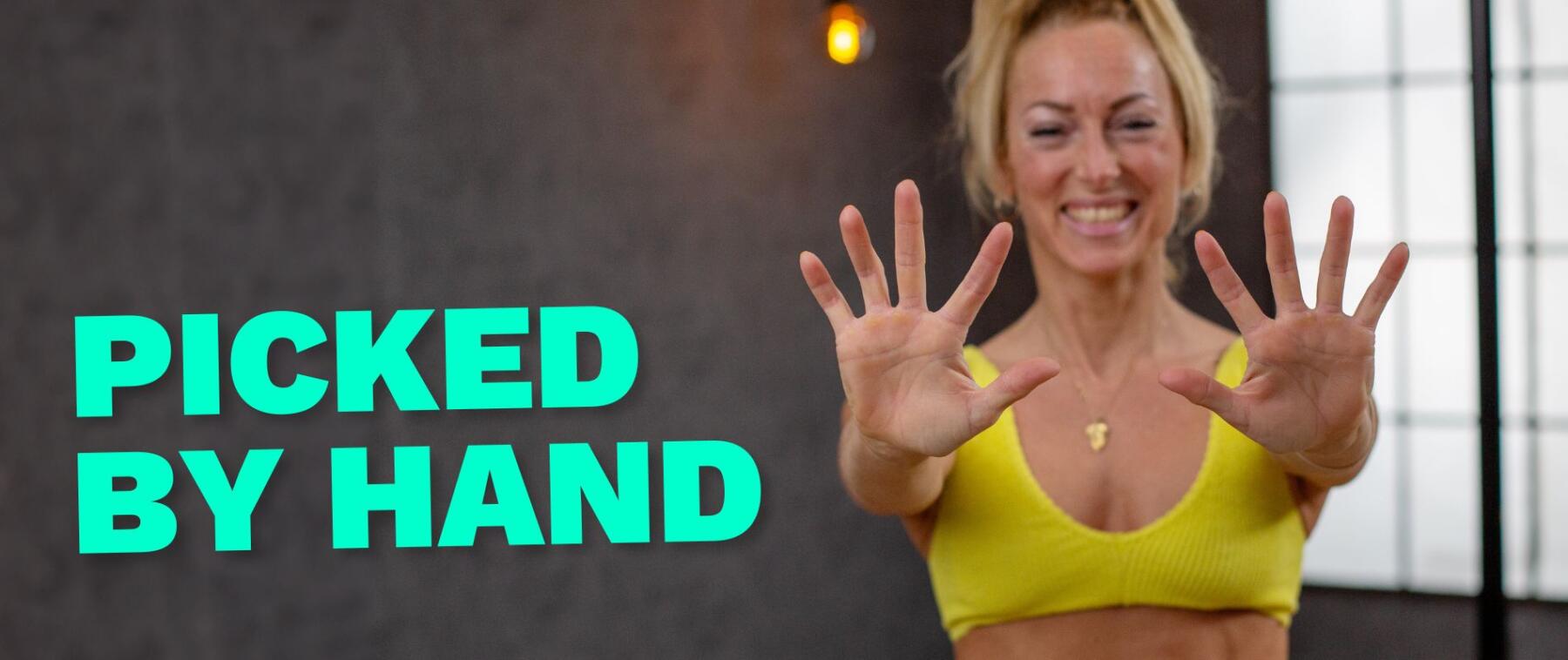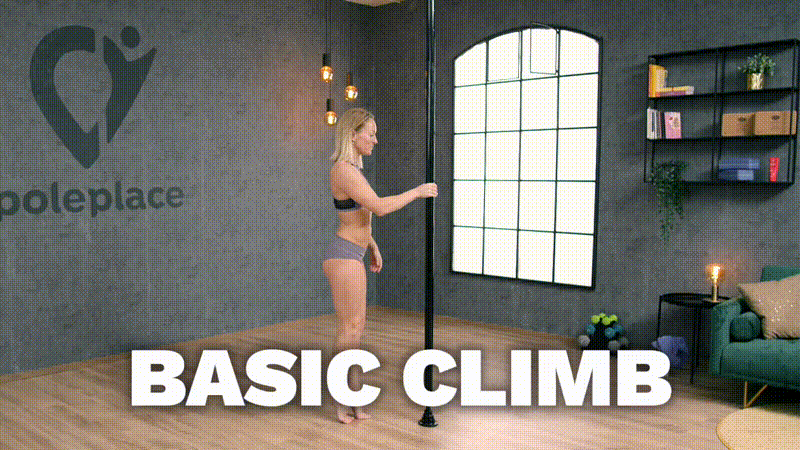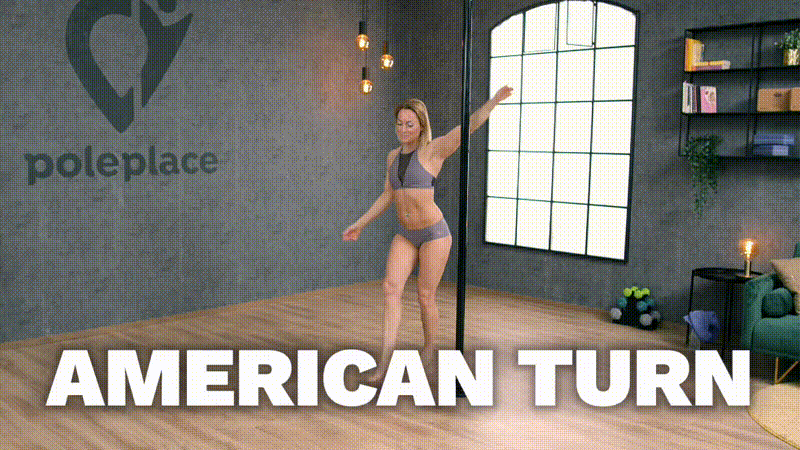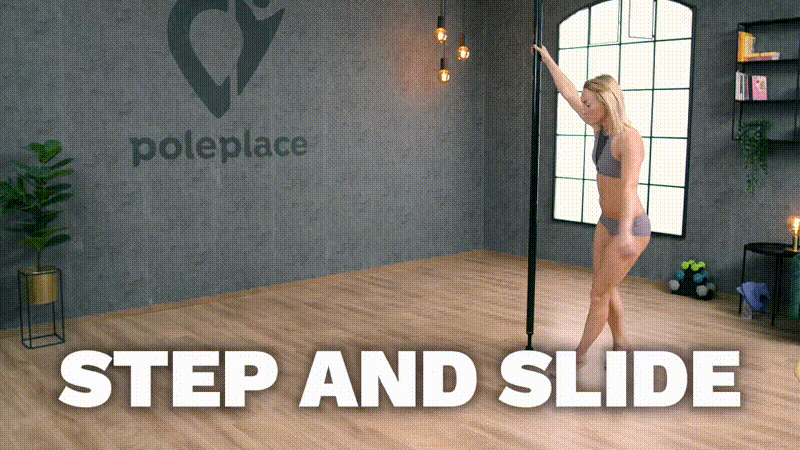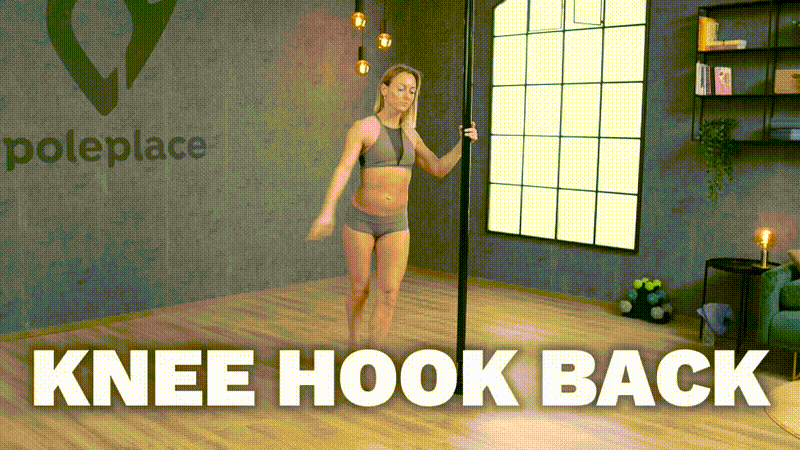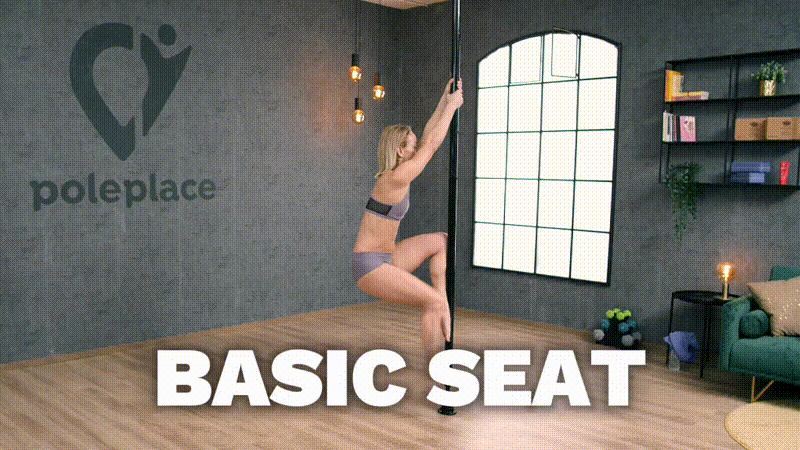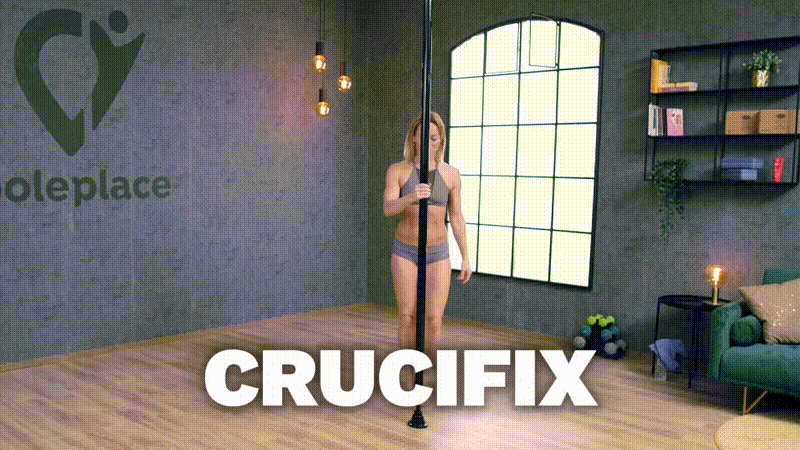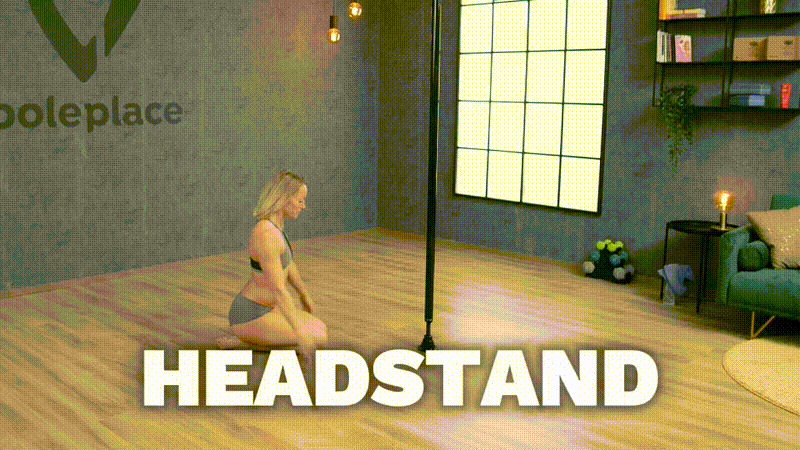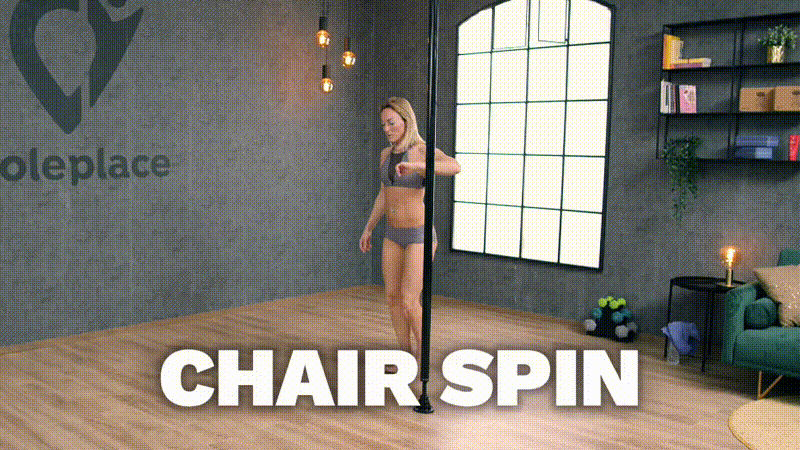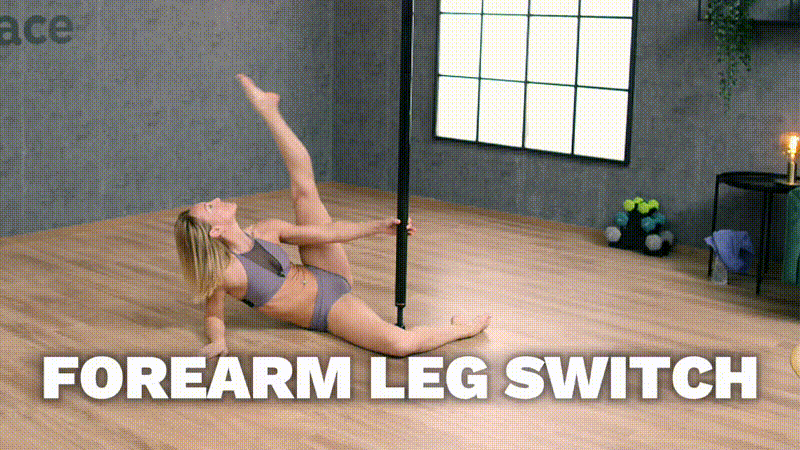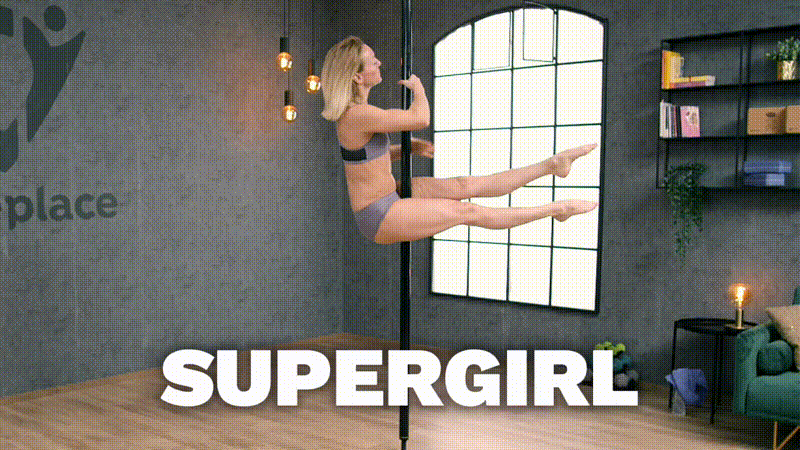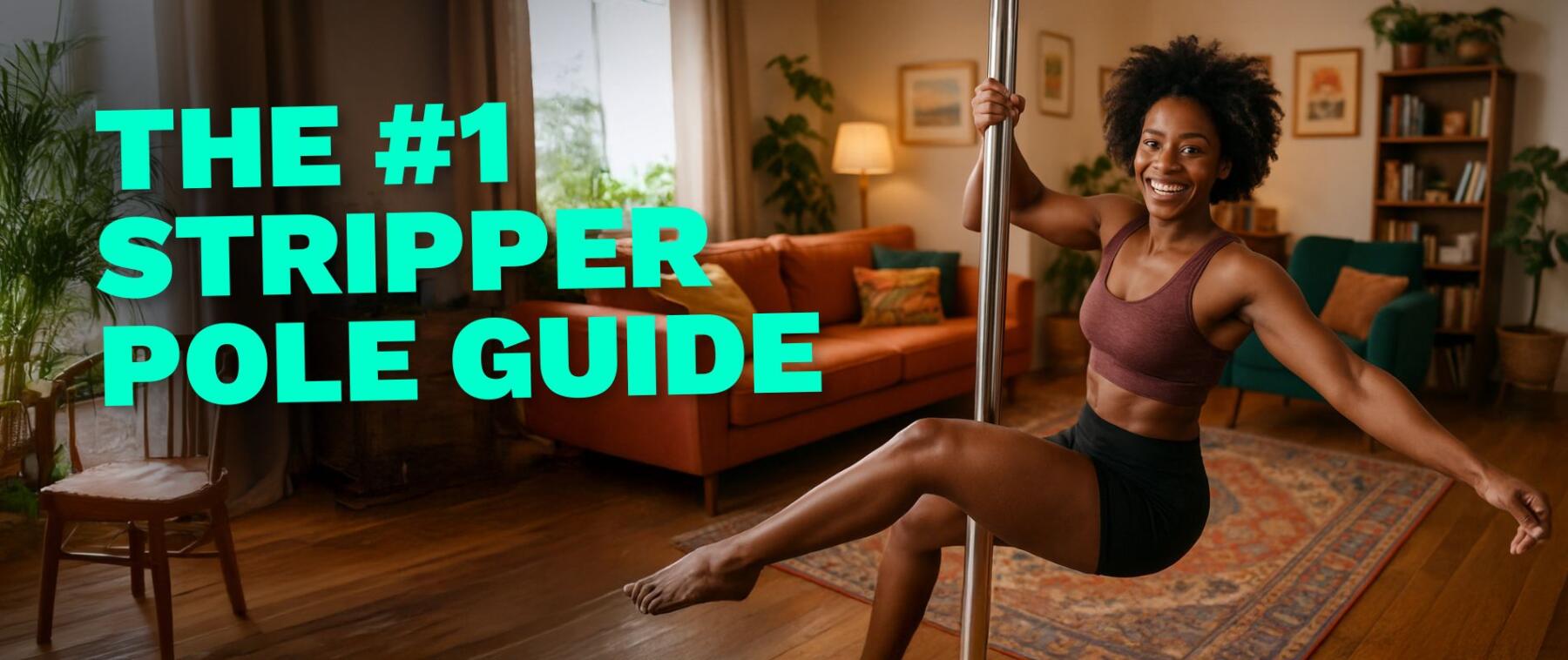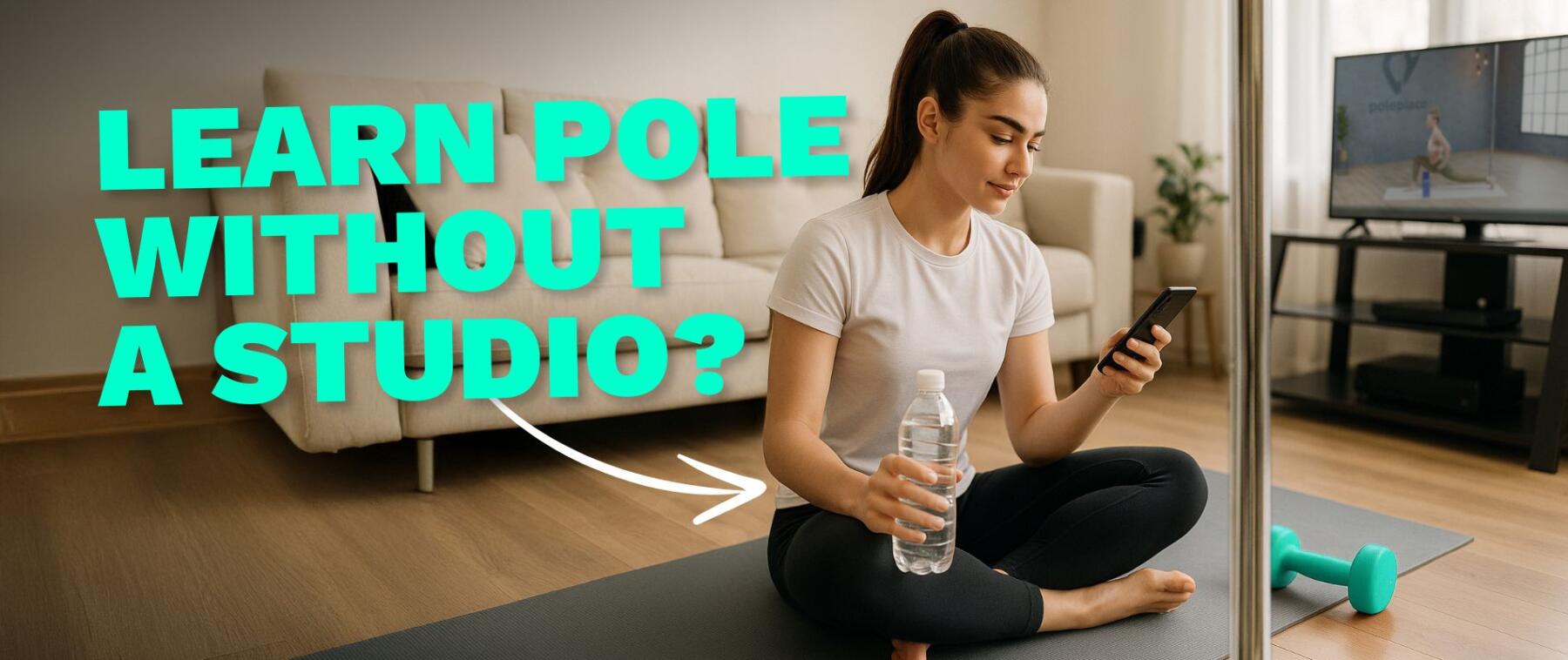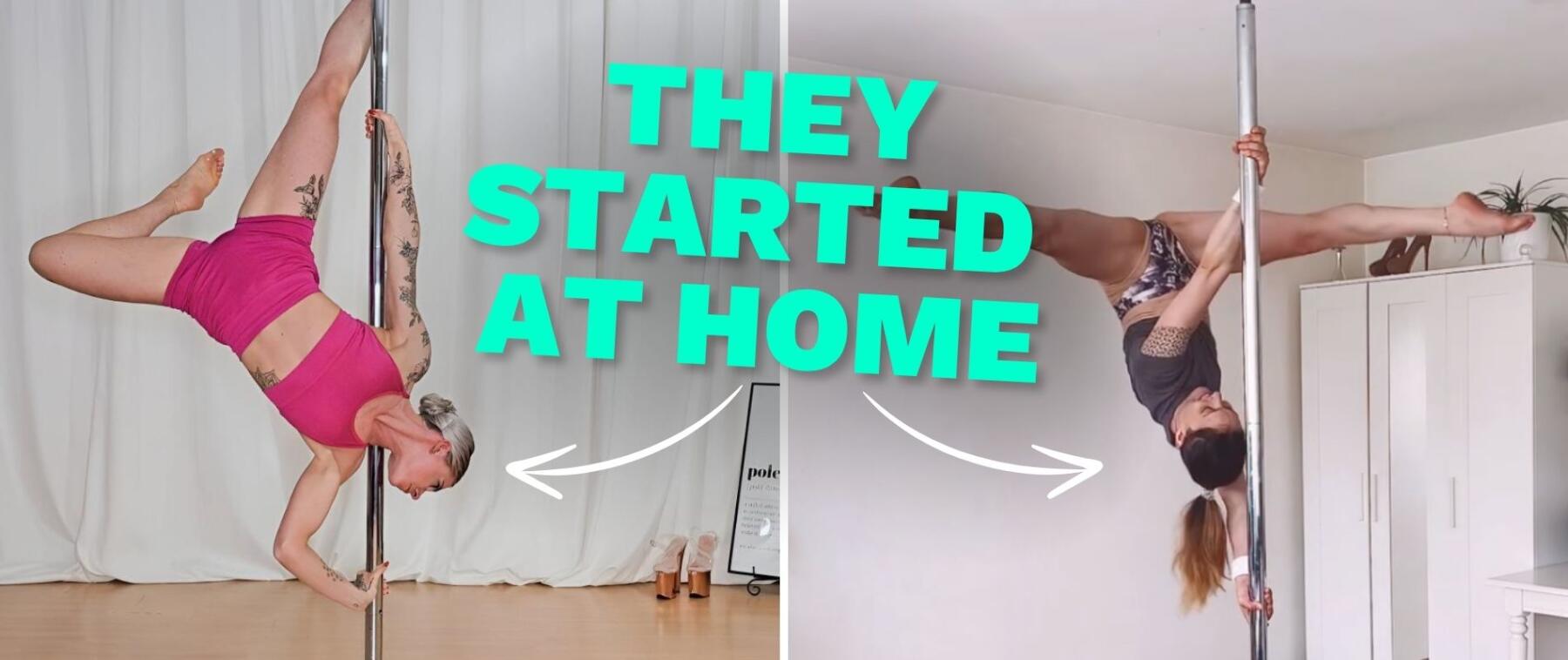In this article, we will unravel the top 10 pole dancing moves for beginners, providing a solid foundation for your pole dancing adventure. Get ready to master these fundamental moves and witness how they seamlessly blend into a delightful routine that will elevate your pole dancing skills and confidence.
10 Pole dance poses every Beginner should know
Before you start spinning and climbing, it’s crucial to understand the fundamentals of pole dancing. Think of pole dancing as a combination of dance, gymnastics, and strength training – all centered around a vertical pole. Safety is paramount, so make sure you have a good grip – both on the pole and on the basics of the sport.
If you’re looking for the perfect home pole you can read our detailled review about stripper poles.
You are currently viewing a placeholder content from Default. To access the actual content, click the button below. Please note that doing so will share data with third-party providers.
More InformationStart by wearing comfortable clothes that expose your arms and legs for better traction. Invest in a quality pole for practice, and ensure it is installed securely. Remember, pole dancing is about fluidity and control, so it’s important to warm up thoroughly before attempting any moves.
This helps prevent injuries and primes your muscles for the activity ahead. Lastly, patience is key. Mastery comes with practice, so give yourself time to learn each move correctly. Let’s set the stage for a successful pole dancing journey with these essential tips and avoid mistakes right from the beginning.
1. Basic Climb
The Basic Climb is the first move that introduces you to the vertical aspect of pole dancing. It’s your stepping stone to more advanced aerial tricks.
To start, stand close to the pole and reach up with both hands. Place one foot high on the pole, with your ankle hooked around it for support. Push off with your other foot and bring it up to meet the first, securing the pole between your knees. Remember to engage your core and pull with your arms to lift your body upwards.
This move might be challenging at first, but it’s vital for building the grip strength and confidence required for climbing higher. As you practice, you’ll find the climb becoming smoother, and soon you’ll be ready to take on moves that are performed off the ground.
2. American Turn
The American Turn, also known as the Pirouette, is a graceful move that serves as a smooth transition between pole moves. It’s a fundamental turn that adds elegance to any routine. To perform the American Turn, stand with one side facing the pole. Reach across your body with your inside arm to grab the pole at head height. Step forward with your inside leg, pivot on the ball of your foot, and allow your outside leg to swing around in a controlled manner. Your outside arm should sweep out and then in towards your body to assist with balance. It’s important to keep your core engaged and your movements fluid.
This move not only looks beautiful but also teaches you about weight transfer and momentum – key elements in pole dancing. With practice, the American Turn will become a seamless part of your dance sequences.
3. Step and slide
Step and Slide is an enticing move that gracefully transitions you from standing to the floor. It’s an essential technique for incorporating floorwork into your routine.
Begin by standing with the pole to one side and your nearest hand at chest height. Step out with the foot furthest from the pole, sweeping it around in front of you while simultaneously sliding your other hand down the pole to guide your descent. The key is to maintain contact with the pole and the floor as you lower your body with control, ending in a seated or lying position.
The smoothness of the slide is crucial, as it adds to the overall fluidity and style of your dance. This move not only looks impressive but also serves as a foundation for more complex floor-based tricks. With practice, the Step and Slide will become a natural and eye-catching part of your pole dancing repertoire.
4. Knee hook Back
The Knee Hook Back is a beginner-friendly move that introduces you to the fundamentals of floor work in pole dancing. This move involves hooking one knee around the pole to create a secure anchor point as you lean back.
To perform it, stand next to the pole and wrap one leg around it so that the back of your knee is snug against the pole. One hand is grabbing the pole above your head, while the other hand supports by holding onto the pole on chest level for stability. Gently lean back, allowing your hooked leg to support your weight, and extend your free leg out for balance, pointing your toes for added flair.
This position offers a feeling of security due to the extensive contact with the pole, making it easier to build confidence as you explore more complex ground-based moves. As you gain comfort with the Knee Hook Back, you’ll find it an essential link to more intricate floor choreography.
5. Basic Seat
The Basic Seat is an essential pole move serving as one of the core elements in your pole dancing foundation. As you begin to engage in this move, be prepared to embrace ‘pole kisses’ – the affectionate term used within the pole community to describe the minor bruises and marks that come as a rite of passage for novices. These marks are often considered a badge of honor, symbolizing the commitment and effort you’re investing in your pole journey.
To execute the Basic Seat, approach the pole and wrap your dominant leg around it, just above the knee. Ensure your skin makes firm contact, as this is crucial for grip. Next, lean into the pole, placing your other leg across to form a “seat.” You’ll grip the pole with your thighs, which is key to a secure hold. Your hands are there for stability, gently resting on the pole without taking on too much pressure. As you sit, your core should be active, maintaining the balance and poise necessary for this position.
6. Crucifix
The Crucifix is a visually striking move that harnesses the strength of your legs, giving your upper body a well-deserved break.
To get into this position, start by climbing the pole and securing your thighs around it. Once you’re at a comfortable height, release your hands and extend your arms out to the sides, forming a ‘T’ shape with your body. Your legs should be squeezing the pole tightly, which is the key to staying aloft without the support of your hands.
This move might seem intimidating at first, but it’s an excellent way to build leg strength and confidence in your grip. The Crucifix is also a building block for more advanced inverted moves, as it gets you accustomed to the sensation of being upside down. Mastering this move is a significant milestone on your pole dancing journey.
7. Headstand
The Headstand introduces an acrobatic element to your pole dancing repertoire, marking your first foray into upside-down moves.
Begin by sitting on the floor with the pole in front you. Place your head a few inches from the base of the pole, and clasp your hands behind it, creating a triangle with your arms and head on the floor. Press into your forearms for support as you tuck your knees into your chest and gently lift your feet off the ground. Use the pole for stability as you straighten your legs upward, completing the headstand. Focus on engaging your core to maintain balance and control.
This move may require several attempts to perfect, but it’s an excellent way to build strength and confidence in inverted positions. With time, transitioning into a headstand will become a smooth and impressive part of your routines.
8. Chair Spin
The Chair Spin adds a touch of glamour to your beginner moves, challenging you to rely on arm strength and momentum.
Start by standing to the side of the pole with one hand high and the other at chest level. Step around the pole on the ball of your inside foot, and as you pivot, sweep your outside leg forward and up, bending at the knee as if sitting in an imaginary chair. Push off with your inside foot and allow your body to spin around the pole. Keep your core engaged and your posture open to maintain the ‘chair’ shape.
The Chair Spin is more challenging than it looks, but with practice, it will add a dynamic and elegant spin to your performance. As you gain proficiency, the Chair Spin will not only showcase your developing skills but also infuse your routines with a sense of sophistication and style.
9. Forearm Leg Switch
The Forearm Legswitch is a dynamic floor move that enhances core strength and adds an athletic element to your pole dancing routine.
Begin by lying on your side near the pole, propping yourself up on your forearm. The pole should be in line with your armpit. Place your pole-side leg in front of the pole and use it for stability as you lift your other leg from the ground. Swiftly switch your legs, bringing the back leg in front and vice versa, creating a scissor-like motion. This move challenges your core muscles, demanding control and stability as you maintain the lift and switch your legs back and forth.
You love doing floor work? We created a lovely beginner friendly floor work routine for you. Check out the tutorial below.
You are currently viewing a placeholder content from Default. To access the actual content, click the button below. Please note that doing so will share data with third-party providers.
More InformationNot only is this a great conditioning exercise, but it also looks impressive when executed with fluidity and precision. Try incorporating the Forearm Legswitch into a nice floor work routine.
10. Supergirl
Ending on a high note, the Supergirl pose is a crowd-pleaser and a favorite among beginners for its dramatic effect. This move builds upon the basic seat, taking it to the next level.
Start by climbing into a basic seat position with the pole secured between your thighs. Lean back and extend your arms out wide as if you’re flying, while simultaneously straightening your legs forward, keeping them parallel to the floor. The key to the Supergirl is to engage your core and thigh muscles to hold your body straight and horizontal. This move exudes strength and confidence, and with enough practice, it will feel empowering.
The Supergirl is not only a testament to your progress but also an inspiring goal to work towards as you continue to grow in your pole dancing journey. Embrace the challenge, and you’ll soon soar with grace and poise.
Combining All Pole Moves into a Beginner Routine
You are currently viewing a placeholder content from Default. To access the actual content, click the button below. Please note that doing so will share data with third-party providers.
More InformationCreating a Flow: Merging Moves Smoothly
Mastering individual pole dancing moves is an accomplishment, but the true artistry comes from seamlessly merging them into a fluid routine. Creating a flow involves smooth transitions that connect each move elegantly, making the dance appear effortless.
Start by choosing a few moves that you feel confident performing. Practice transitioning from one move to the next by focusing on the momentum and body positioning required to shift between them. Pay attention to your breathing, as it helps to maintain rhythm and grace throughout the dance.
Use the music to guide your movements, allowing the beats to cue your transitions. With time, you’ll learn to anticipate the next move, making the routine smoother. Remember, flowing between moves takes practice and patience.
Don’t rush the process; instead, enjoy the journey of learning how to create a dance that feels like an expression of your own unique style.
This content is for informational and educational purposes only and does not constitute individualized advice. It is not intended to replace professional medical evaluation, diagnosis, or treatment. Seek the advice of your physician for questions you may have regarding your health or a medical condition. If you are having a medical emergency, call your physician or 911 immediately.
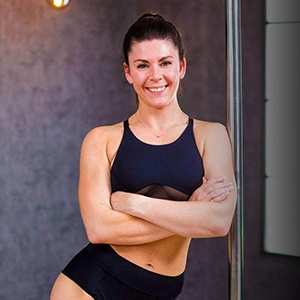
About Carmen 💕
Carmen discovered her love for pole dancing over 10 years ago — back when she was a student in a local studio. What started as a fun class turned into a full-blown passion and years of experience as a pole trainer.
Now she’s one of the proud co-founders of POLEPLACE — sharing her love for pole with a growing community of amazing humans around the world.
Share this article 💖
WHAT OTHERS LOVE
The best Stripper Pole for your Training at Home
The Best stripper Pole for Beginners – Why We Chose Lupit PoleIf you're setting up your home for pole dancing, [...]
Choosing the Best Pole Dance Pole for Beginners
The Best Pole Dance Poles for Beginners: How to Choose the Perfect One for Your HomeStarting your pole dance journey [...]
2 Real Pole Dance Transformations
2 Real Pole Dance Transformations – From Beginner to Badass What does it really look like to start pole dancing [...]


